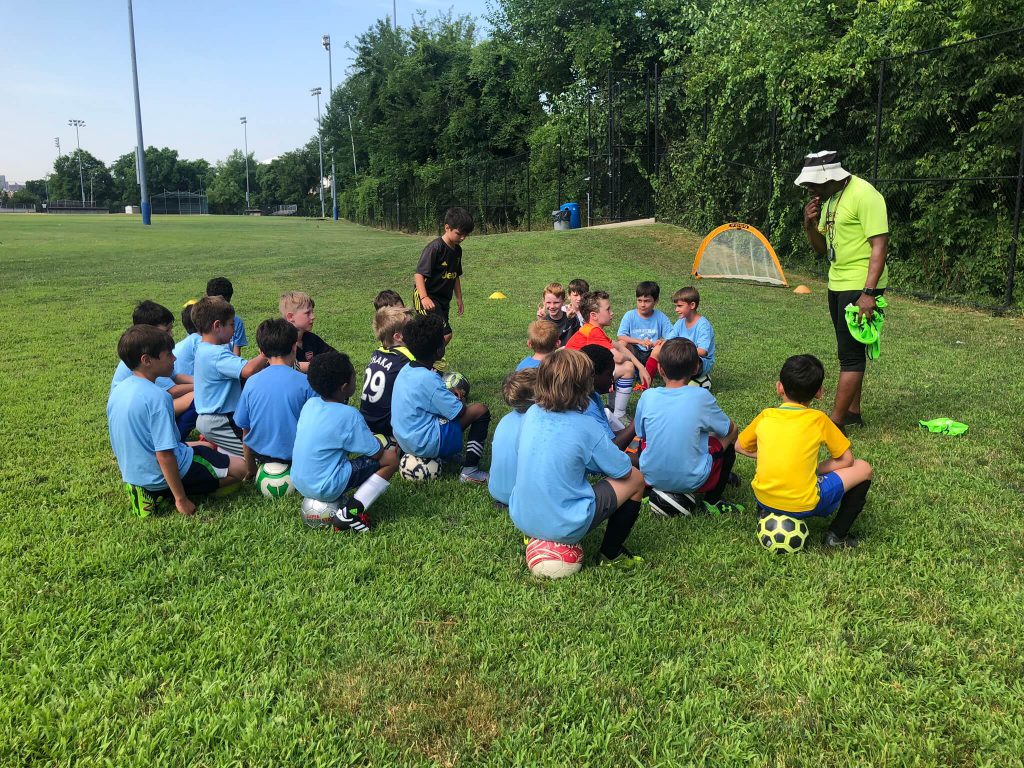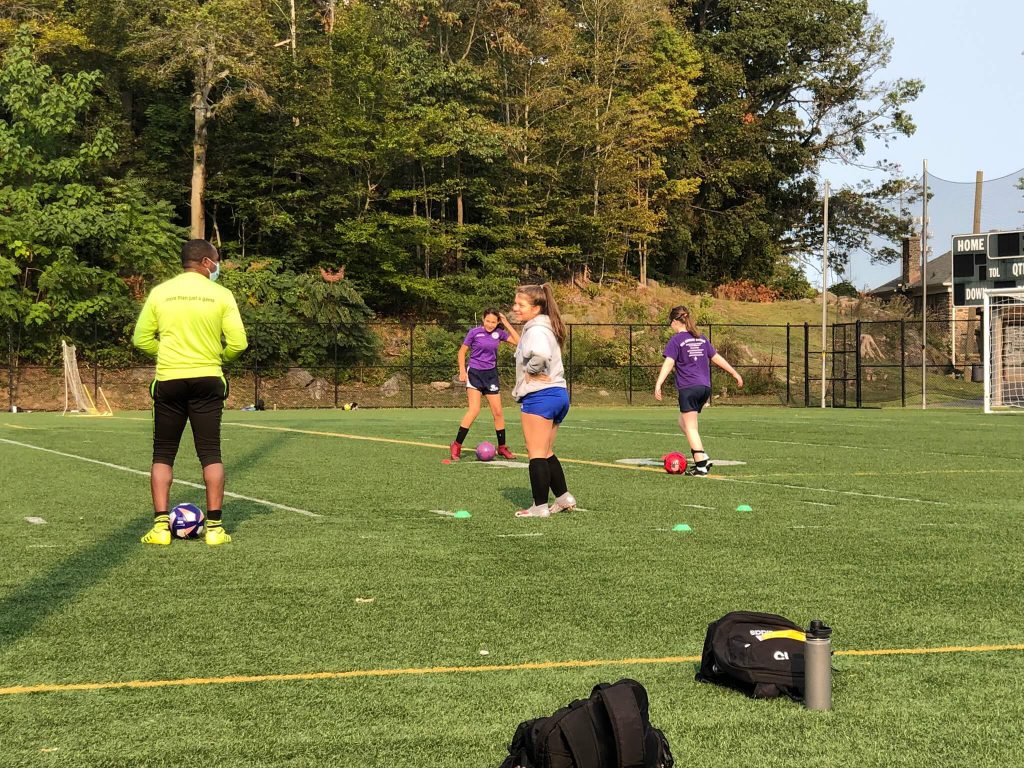Star Pupils

“Sometimes I might tear my hair out and say that there is an easier pass to the right or to the left or back. He is definitely a player who impacts results. He creates chances, scores goals, and takes risks,” according to Manchester United manager, Ole Gunnar Solskjaer on Bruno Fernandes.
Do you have a player like this on your team?
Coaching your star player can be a big challenge for you as a coach. Not only does this player knows they are the best, but he knows all the other players also know. Coaching this player to get the best needs a sound relationship between coach and player.
Piano Players & Piano Carriers

Every team is made up of those who make ‘fire’ (piano players) and those who make smoke (piano carriers). In my recent season on my U13 boys’ team, I had a star player who made ‘fire’. For his blog I will refer to him by his initials – GL He seldom did the simple play, tricks and skills were his way of playing.
GL gave me grey hair, never listening, always shooting on goal, arriving without shin guards. You name it who was involved.
I remember one game his dad came over at the end, breaking the team 24-hour rule, to complain about why he was on the bench. The situation was complicated because he didn’t speak English and the coaches didn’t speak Spanish.
At some games I was so annoyed from the practice, I wouldn’t start him. GL did not like defense so for never listening I played him in the back. That didn’t change who he was and how he played. He took risks just the same. GL was confident, fearless, and was always up for the challenge.
It took me several seasons to realize that GL was one who played the piano and could make a difference in the game.
Adapt, Or Die
Connecting with your star player is important as his abilities can significantly improve the group. Your best player knows he/she is more talented than the rest and at times, especially with boys, their expectation is they should receive preferential treatment.
Your best player, most times, does not see the game like the other players. Their performance can be a moment of magic, and on the other hand, it can be a ‘why did he do that?’ moment.
Your star player is the best because he makes ‘fire’ – scoring goals, creating chances for teammates, dribbling past opponents. On the other side, in moments of chasing opponents, dropping back, tackling for the ball they tend to be far less effective. In the worst cases, they show little or no desire.
Adapting your coaching to this environment is an important step for you as the coach. Piano carriers will adapt to the abilities of the piano players.
3 Steps To Building That Player-Coach Relationship
To get the most out of your star player you need to create and build a relationship. There needs to be a bond built on respect, caring, and appreciation. Your best player does not care how much you know until he knows how much you care. At that point, he will be more open to your knowledge.

1. Create a bond
See the person, before the player
Learn about your players’ interests and hobbies.
For example, create a conversation.
1. Tell me something that you enjoyed at school today?
2. What you had for lunch?
3. What’s has been special this week?
4. What’s your favorite class?
How you ask a question can be more important than the question. Players can easily feel if you are sincere from the tone of your voice, your body language, and if you make eye contact.
2. Make them feel safe
Don’t yell, sell
You will have challenges coaching your best player if you start by giving your answers or insights. First and foremost you need to make them feel safe.
How to make your star player feel safe during a conversation.
1. Distance – during a conversation there needs to be physical space (4 – 6 feet)
2. Position – if there is sunshine, make sure it is in your face. Ideally, standing shoulder to shoulder, rather than face to face removes tension.
3. Answers – you need to get your player to give answers for what they did well, what didn’t work, what would they do differently. Basically, you want them to talk freely.
4. Listening – actively listen without interrupting.
4. Do not question their decision – ‘why did you do that?’
5. Asking, diffuses tension – ‘how did you play?’, ‘what happened on that play?’
6. Praise the process, not just the action – ‘great job receiving that high ball, turning from pressure and shooting’.
7. Balance critique, with praise. At least 6 moments of praise to 1 critique
3. Effective Coaching
KISS – Keep It Simple Sweetheart
With a bond established and your player feeling safe, this reduces the anxiety of feeling attacked when you share your input about their performance.
Before starting to coach follow these steps.
- Read the Game – Observe play for a while, at least 10 minutes. Players need time to adapt to the practice and/or game.
- Record – write down key moments of play involving the 5 Ws – who, where, what, why, and when.
- Find Coachable Moment – freeze play involving a breakdown in the theme of the session.
- Coach your star player- paint a picture using the following method Rewind (beginning to end), Repair (add coaching points technical/tactical), Rehearse (dry run, opposition not live), and Restart (live play).
A Game For The Stars
Coaching your star player becomes easier when you have built a bond out of respect, care, and friendship. You can now guide them with your ideas as they know you are not attacking them, but improving their performance.
Let me know how you have managed your best player.
Leave A Comment